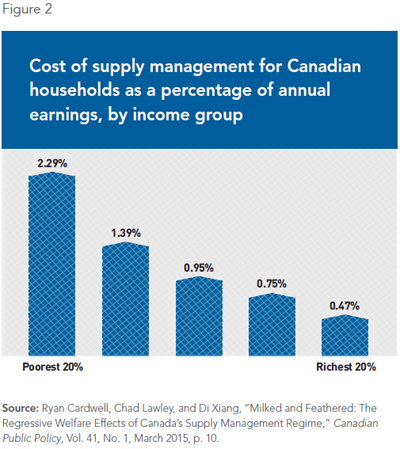From the ISI Web of Knowledge Journal Citations Report, here is the new top 5 of agricultural economics journals:
- Food Policy 1.799
- Food Security 1.495
- American Journal of Agricultural Economics 1.327
- Journal of Agricultural Economics 1.278
- European Review of Agricultural Economics 1.271
The number to the right of each journal name is the journal’s impact factor, which has been calculated on the basis of calendar year 2014 citation numbers.
This has not been a good year for agricultural economics journals–both Food Policy, which I edit, and the American Journal of Agricultural Economics, at which I serve as associate editor, have seen their impact factor go down. But that seems to be true of a lot of journals. The Journal of Development Economics, for example, has a new impact factor of 1.798. If I recall correctly, it used to be well above 2. Moreover, a few journals that I believe to be very good surprisingly did not make the top 5.
But that is only one top 5. Bear in mind that the rank ordering might differ significantly depending on what other indicators of quality you look at, or whether you consider reputation. In agricultural and applied economics departments, for example, many people still consider the AJAE as the no-contest top journal in the field, no matter what impact factors say.
